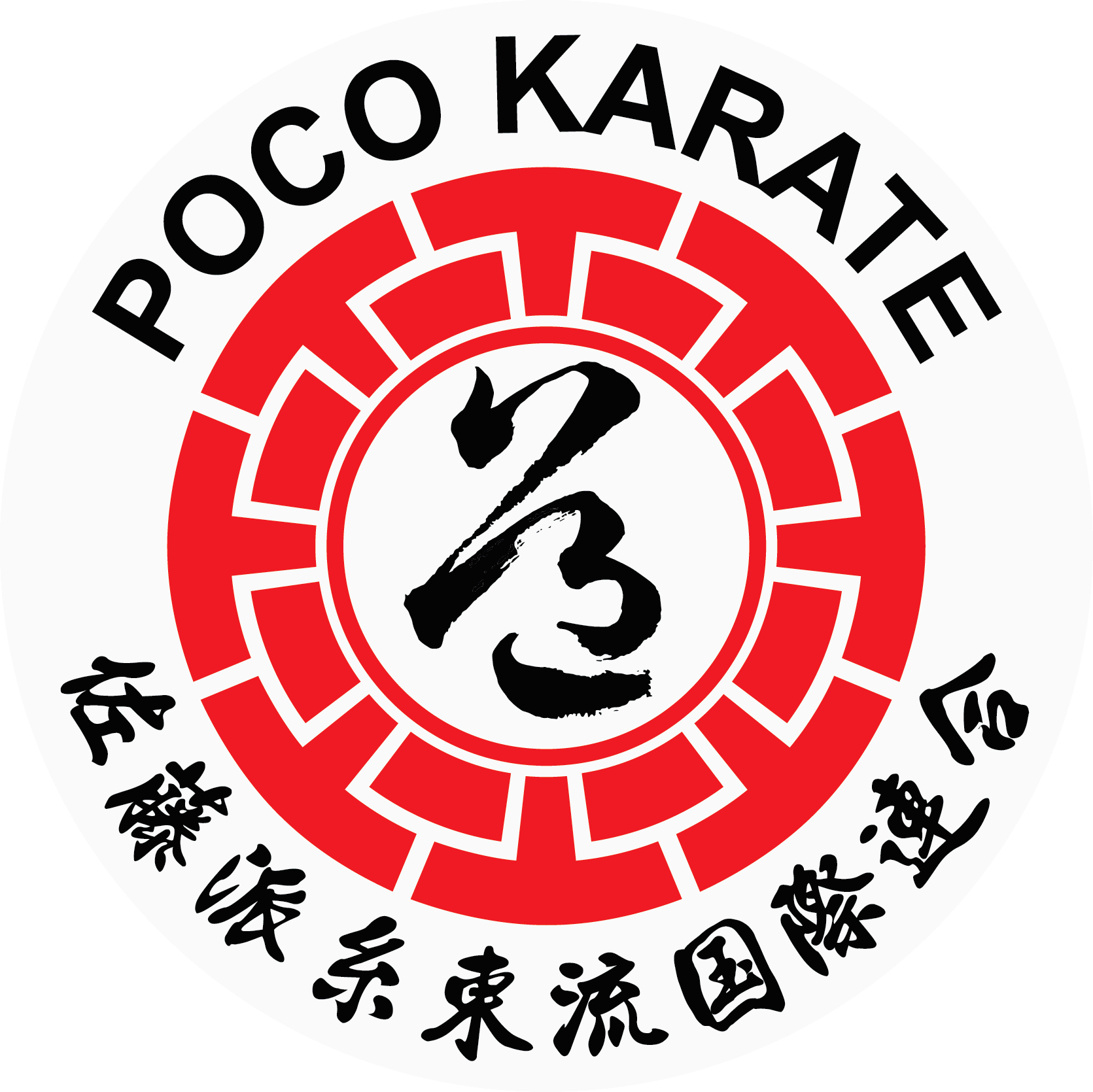Karate: Way more than punching and kicking.
- pocokarate
- Mar 11, 2023
- 2 min read
Updated: Sep 16, 2023
When most people think of Karate, they think of the classic image of someone in white pajamas kicking and punching, as it often portrayed in movies and popular culture. They think of Karate as a striking art only. And many modern and sport karate dojos (and unaffiliated 'martial arts' gyms) uphold this perception, which is a great disservice to any students wishing to learn effective self-defence.
At PoCo Karate, as a traditional karate dojo, we aim to teach all that karate has to offer including, but not limited to:
Character Development (Do): This is of utmost importance when learning self-defence; so important that the "Do" character (ど) is at the center of our logo (in traditional Japanese calligraphy form). A fundamental contributor to self preservation is always striving to be a better version of yourself. Building confidence and calmness that comes from countless hours training. Knowing that you have nothing to prove, and that resolving conflict without violence is the ultimate measure of skill. In the words of Gichin Funakoshi: "There is no first strike in Karate".
Breakfalls (Ukemi): Safely learning to fall is essential if you wish to train without injury. It is also arguably the most versatile physical skill you can learn in Karate, since it reduces the risk of injury from falling in any other aspect of daily life (sports, slipping on ice, etc).
Foot sweeps (Ashibarai / Kuzushi waza): Learning the timing and finesse required to easily unbalance an opponent. Coordinating the efforts of our upper and lower body to create opportunities and make our techniques more effective.
Throws (Nage waza): Building our our abilities to unbalance an opponent, and using leverage to throw their body to the ground. Careful attention is put into perfecting technique as to reduce the amount of physical effort required to topple an opponent to the ground.
Joint Locks (Tuidi / Kansetsu waza): Utilizing the limited range and direction of movement of the various joints in the body to control the movement of our opponent.
Escapes and Counters (Gyaku-waza): Escaping and avoiding compromising positions such as joint locks and head locks, and countering an opponent's efforts (reversals).
All of the techniques listed above are codified in and taught as part of our traditional katas. PoCo Karate students learn the sequences and technical aspects of performing a kata, and then expand upon their knowledge and skill by applying the techniques (Bunkai and Oyo) with a partner.










Comments